The Cutthroat Christmas Tree Feud That’s Skyrocketing Tree Prices This Year
During the holiday season, SoHo Square in New York City becomes the hot spot for Christmas tree sales. Scott Lechner, who pays the city close to $50,000 annually to sell trees at this location, claims it’s the most expensive spot in the world to buy a Christmas tree.
But Lechner’s former apprentice, George P. Smith has been giving him a run for his money. The feud has gotten out of control! Have these two forgotten the true meaning of Christmas?
The Feud Begins
“Two insane people” are locked in a bitter rivalry that’s affecting other Christmas tree vendors in New York City. George Nash, a Vermont farmer who sells trees in Harlem, describes the situation as a “pissing match” between the two men, who are spending “insane amounts of money” and causing prices to rise.
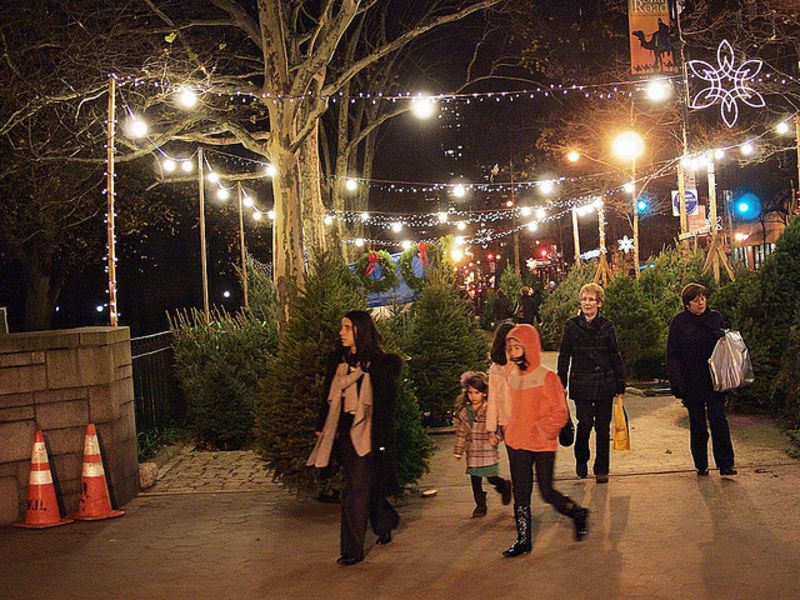
Source: Ed Gaillard/ Flickr
The Washington Market space, was the very first urban tree lot in the U.S. all the way back in 1851. George Smith pays close to $30,000 per year for just 33 days of sales at the location!
Christmas Costs!
SoHo Square is far and wide the most expensive lot to sell Christmas Trees. $50,000 seems like a lot of money just to sell a tree.
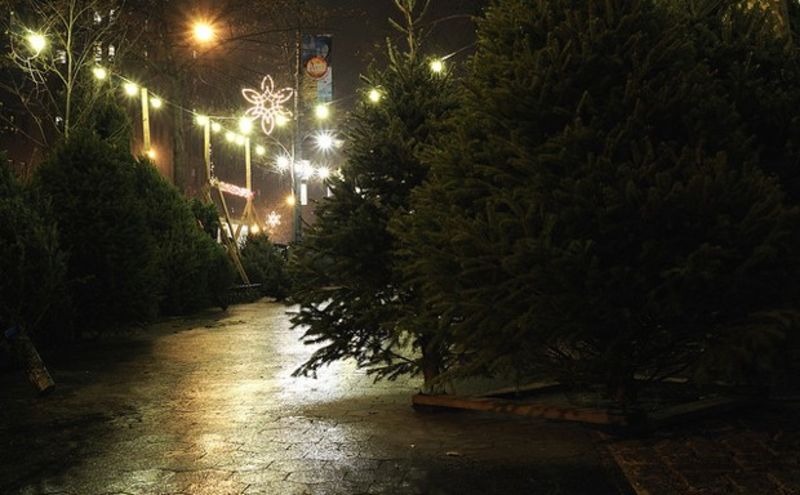
Source: Ralph Hockens/ Flickr
In 2011, a space on Central Park West was $1,150, DeWitt Clinton Park on West 44th St. was $2,500, and Essex Playground was $3,960. So what makes SoHo Square so special?
Friends Turned Rivals
Christmas tree vendors in Manhattan face intense competition due to the lack of vacant lots available in the city. This has led to a high-stakes bidding war between two rivals, Scott Lechner and George Smith, who have a history of animosity.
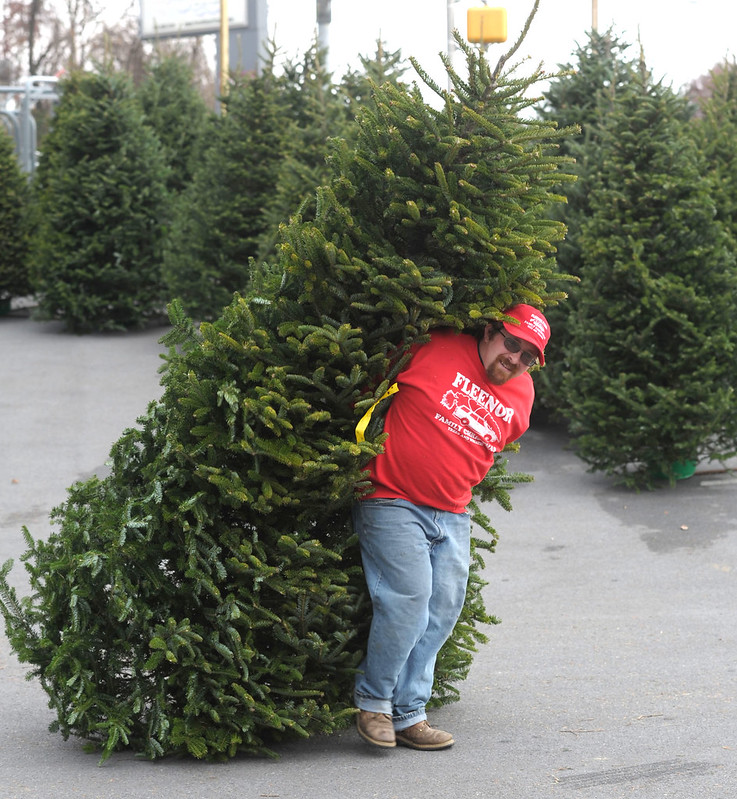
Source: Flickr
The worth of a tree-selling location is also determined by the returning customer base it has established over the years. Lechner, who has operated in SoHo Square for many years, has cultivated a strong community presence at the location, driving its rent to a staggering $50,000.
Unreasonable Prices
However, Lechner hinted that this rent ($50,000) may be too high to turn a profit, as there is a limit to the number of trees that can be sold. Smith denies Lechner’s accusation that he used insider knowledge to outbid him for the Washington Market space, saying he had been running his own tree business for years before bidding on the spot.
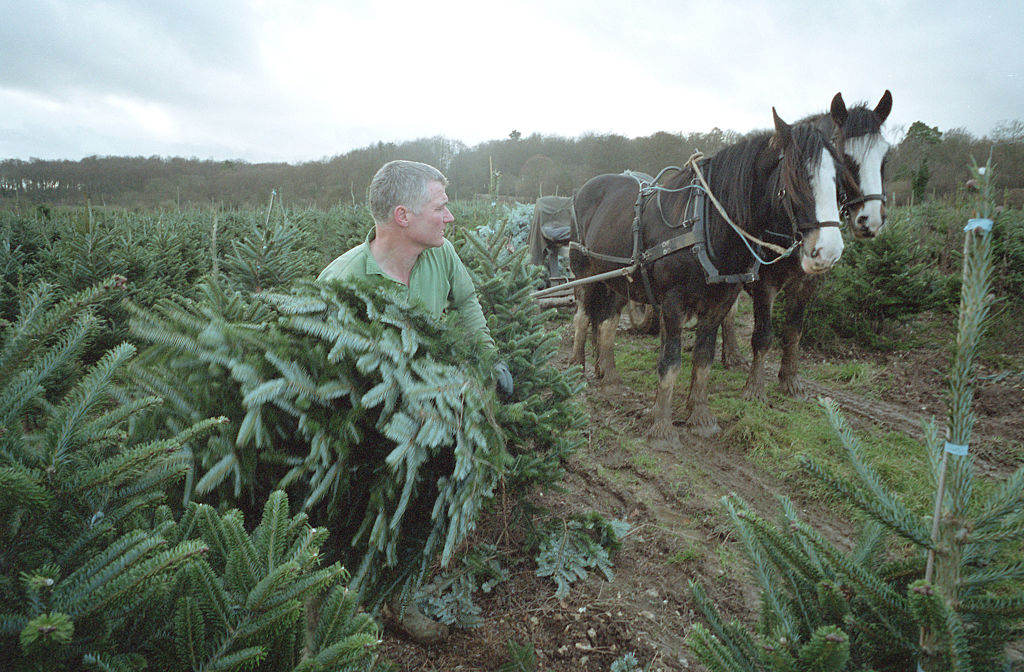
Source: Getty Images
The pair have gone back and forth constantly for the past few years. They disagree on almost every point regarding the tree market. Who knew that Christmas tree selling could be so brutal!
Tensions Run High in the Christmas Tree Game
Scott Lechner is willing to lose money on the SoHo Square location because he doesn’t want to see it fall into the hands of his rival, George Smith. In the past, Smith has bid $160,000 for a four-year lease on the spot in an attempt to take it away from Lechner. However, George Nash, another Christmas tree vendor, claims that it’s not possible to sell enough trees to turn a profit in the downtown area.
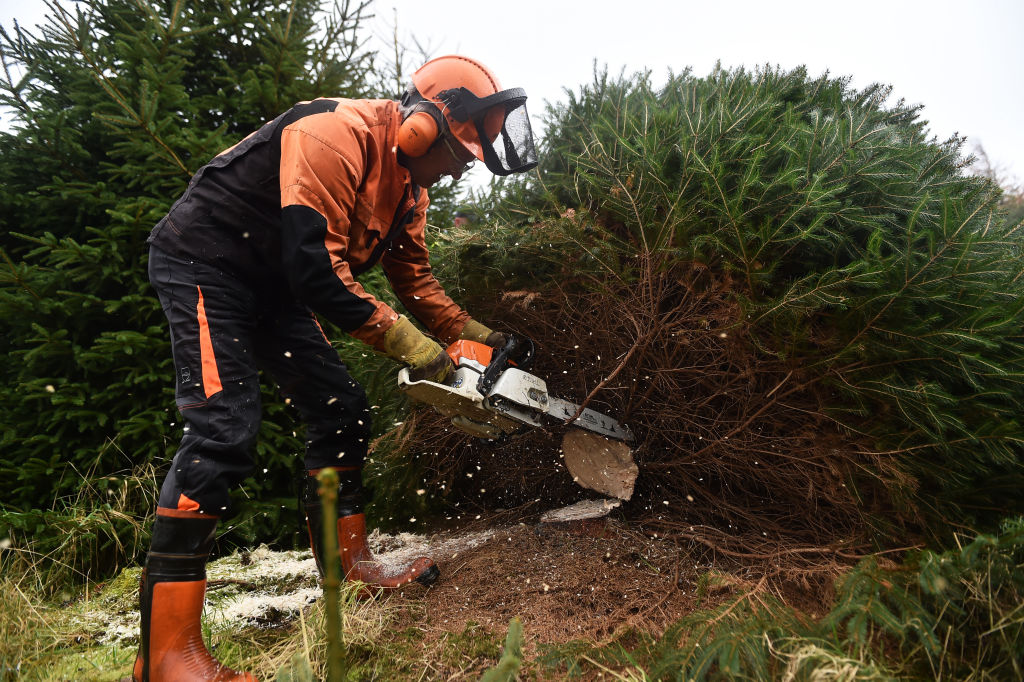
Source: Getty Images
Smith, who now operates at seven locations in the city, insists that he is able to make a profit. He claims that he brought the high bids to their current levels and pays over $25,000 for space at P.S. 40 on 2nd Avenue and 19th Street. However, he admits that being a good businessman is key to making a profit in this cutthroat market.
Rising Prices
According to George Nash, a 38-year veteran of the Christmas tree industry in New York City, typical rents for a tree-selling location should be between $1,000 and $3,000. This allows full-time farmer-vendors like Nash to turn a profit and keep tree prices competitive with wholesalers and big box stores.
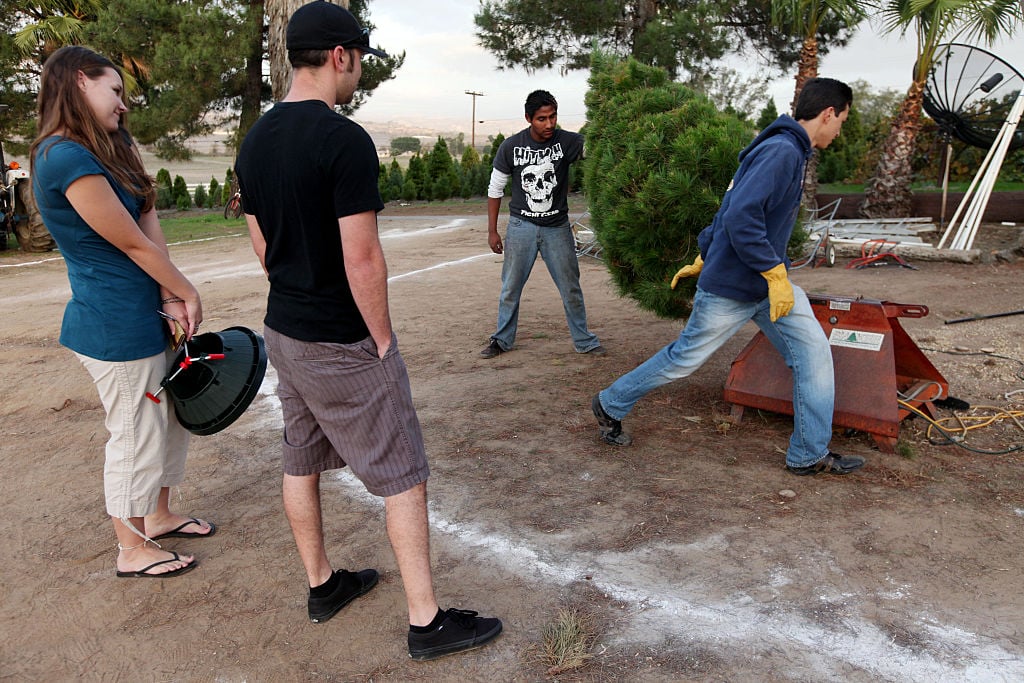
Source: Getty Images
George Smith claims that before his arrival, the industry was stuck in the past and governed by collusion between a small group of major vendors who leased space from the city. Now, some rents in the city owned by vendors other than Smith and Scott Lechner are also reaching the tens of thousands!
The Unwritten Rule
Scott has followed the unwritten rule that you cannot bid on locations that were established by other vendors to ensure that each vendor is respected by their peers. However, this changed when George Smith entered the market and began aggressively bidding on locations.
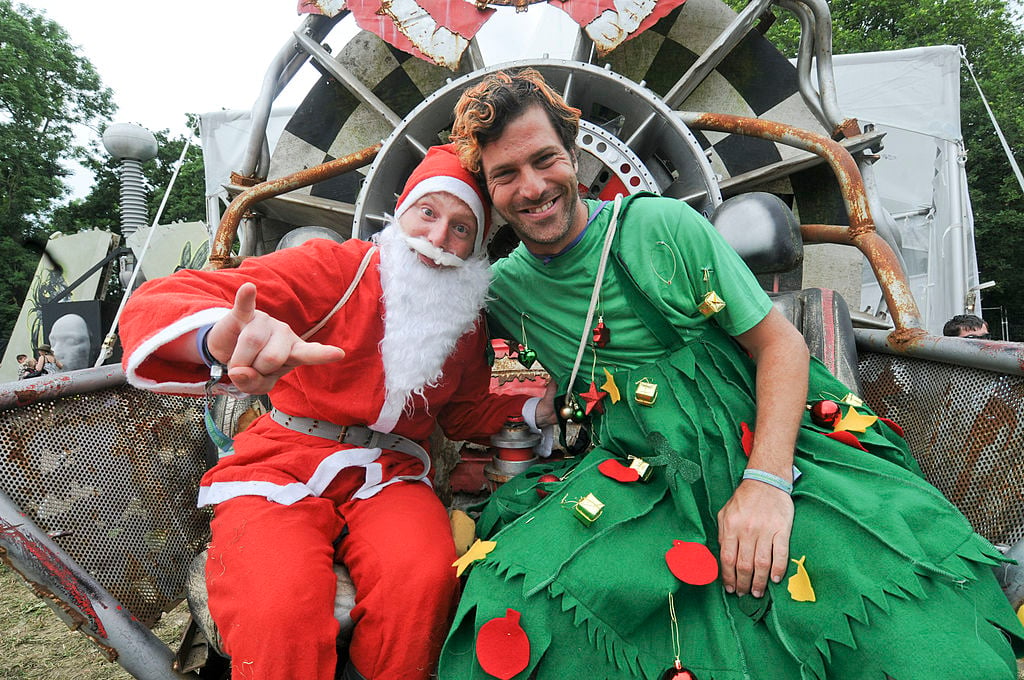
Source: Getty Images
The parks department has benefited from the increase in competition, as Christmas tree permit revenue rose in recent years. It is not yet clear how much revenue was generated this year. The aggressive bidding strategy has resulted in higher rents for tree-selling locations and potentially higher tree prices for customers.
Steep Competition
Typically, competition for concessions is limited by price restrictions, but the Department of Parks has been more flexible when it comes to Christmas trees. The department authorizes the prices set by each vendor individually, which has allowed prices to rise along with bids.
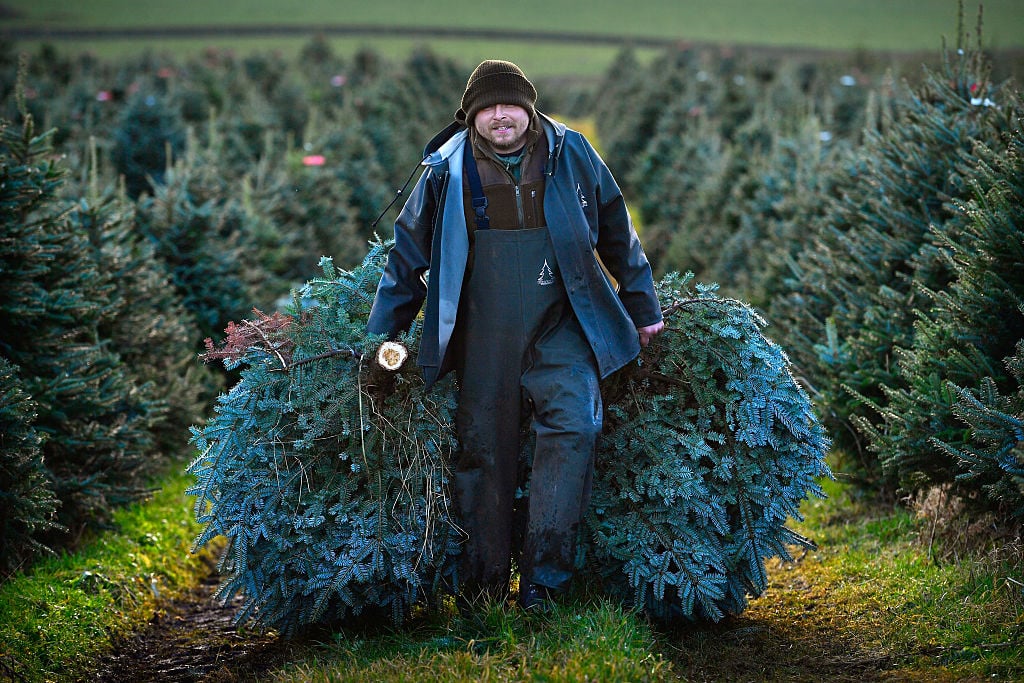
Source: Getty Images
Scott Lechner says, “There’s no personal knowledge or expertise of the industry; it’s like we’re selling hot dogs out here.” George Smith, on the other hand, thinks the open bidding system invites entrepreneurship and claims to be “on the up and up” and not involved in any secret deals.
Getting to Christmas Day
Regardless of the feud between the two men, they both have the same goal: sell each and every one of their trees by December 23rd. Then, Christmas Eve is spent packing up the rest of the goods.
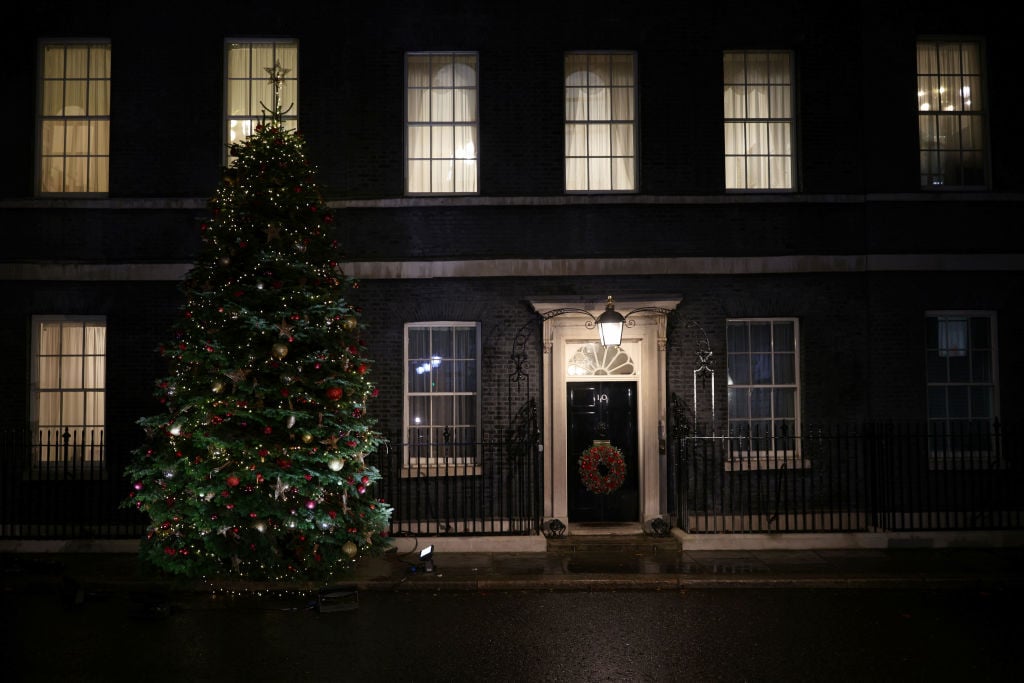
Source: Getty Images
And Christnmas Day can be spent at home with their families. Not to mention, they need to recuperate from the busy season. They take a tree home from their own lot and enjoy it at home. Happy Holidays!
